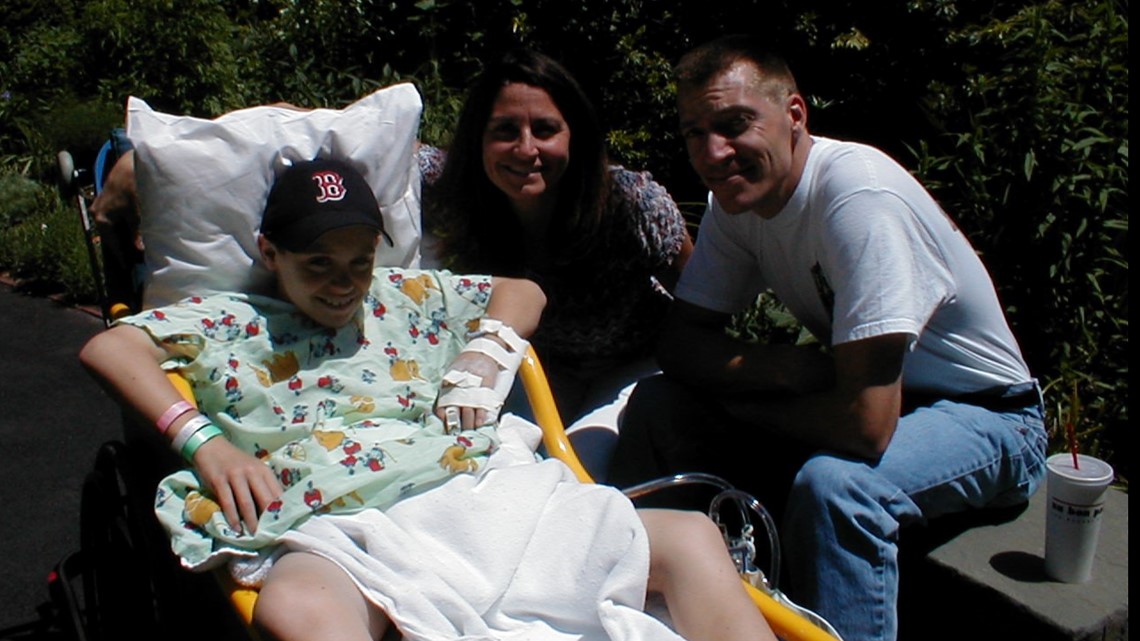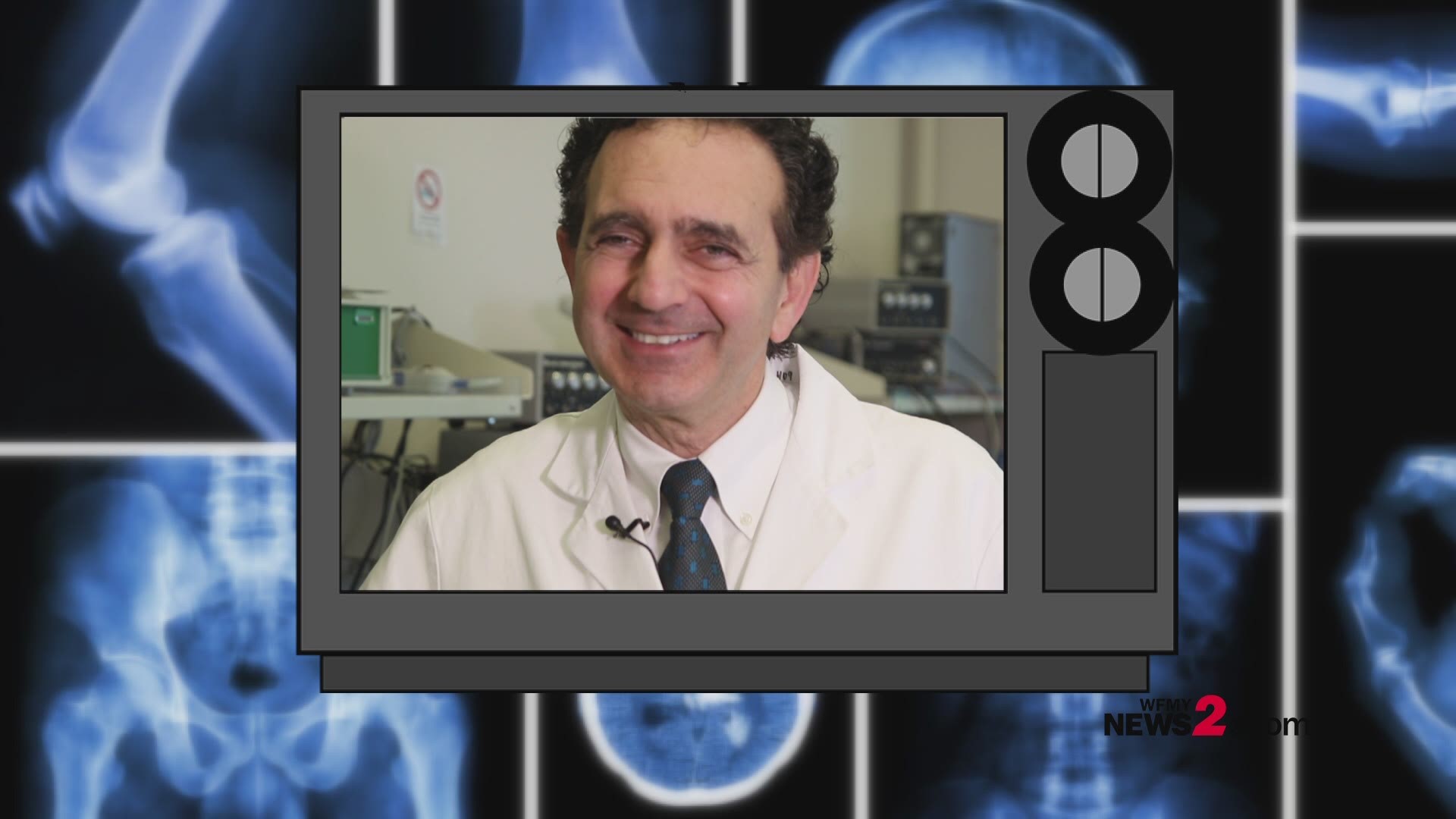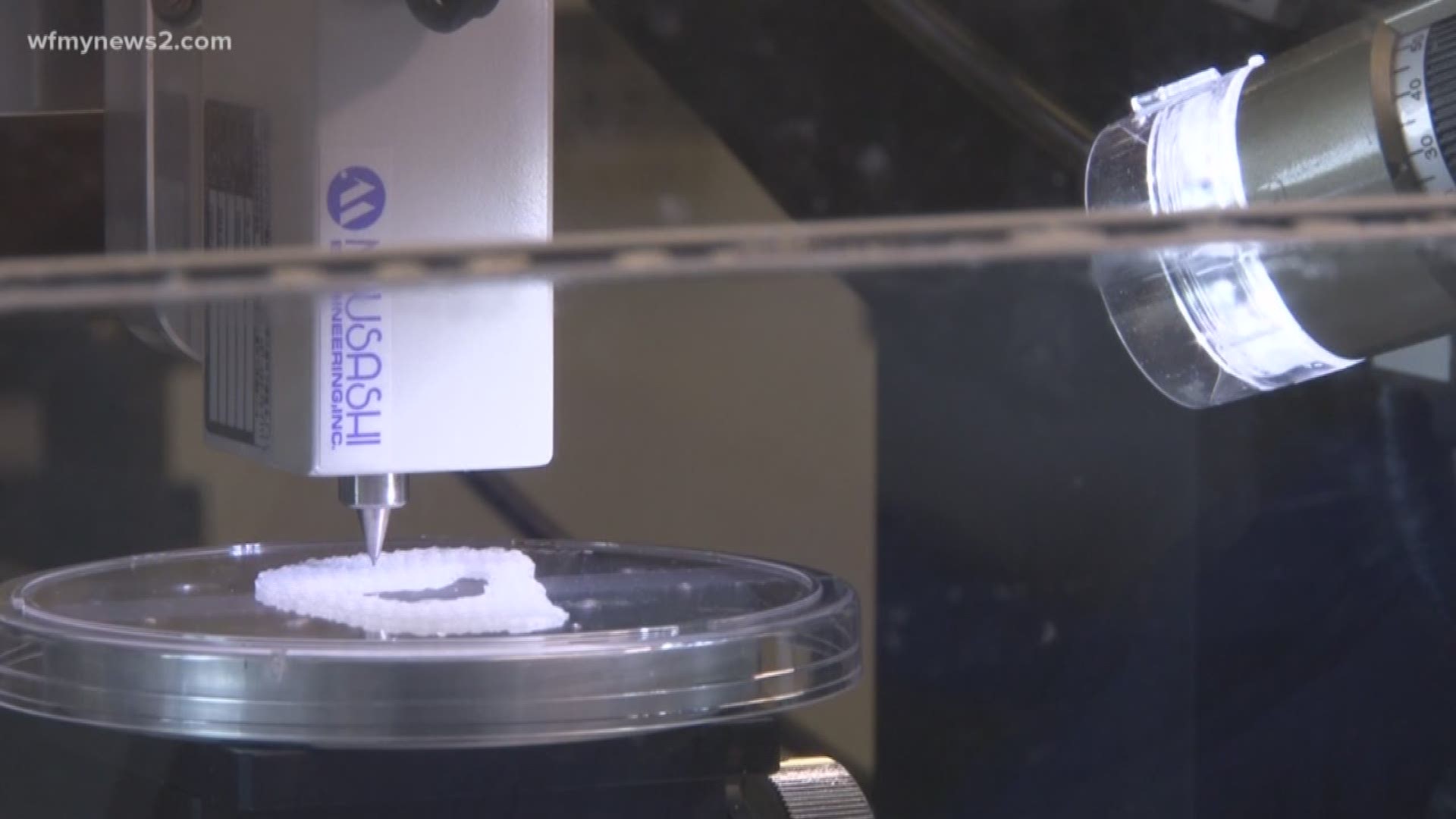WINSTON-SALEM, N.C. — When someone loses an arm, or a leg -- wouldn't it be great if we could just grow them a new one? Well, it might be more possible than you think.
"We create tissues and organs in the lab that can be used in patients," said Dr. Anthony Atala, the head of the Wake Forest Institute For Regenerative Medicine.
It sounds like something out of a Sci-Fi movie, or something you might hear 50 years from now.
What if we told you though, Dr. Atala and his team at the Wake Forest Institute For Regenerative Medicine are creating bladders, skin, muscle tissue, and kidney cells that can be put in patients right now?
"There are so many patients on the transplant wait list and one possible solution is to create tissues and organs from the patients' own cells so we can reduce the organ shortage," said Dr. Atala.
Luke Massella was one of those waiting patients.


We're not really sure what we're going to do. So hearing that as like a 10-year-old was tough," Massella describes what it was like to hear the doctors be at a loss.
Massella was born with spina bifida, which means his spine didn't fully develop. It caused issues when Massella was younger, and his bladder wouldn't work properly.
His bladder kept pushing fluids back into his kidney and he had complete kidney failure he was just 10 years old.
"I remember hearing the doctor saying we're not sure what we're going to do. It's kind of a tough thing to hear. I remember thinking and asking my mom 'Does that mean I'm going to die?" asked Massella.
With the other issues Massella already had, he wasn't a good candidate for a Kidney transplant and was running out of options.
In stepped Dr. Atala.
"If I had had a traditional Kidney transplant the bladder function that I had that was being caused by the spina bifida would have done the same thing to new kidneys," said Massella.
Dr. Atala and his team took cells from Massella's bladder, put them on a mold, grew a brand new working bladder out of Massella's own cells, and put the new bladder in him.
18 years later?
"I went on to play sports and I ended up being the captain of my wrestling team and was able to go off to college. University of Connecticut, and without that procedure, I don't know that any of that would really be possible," said Massella.


While most of us see Dr. Atala and his team as the good guys in this story, he sees it differently.
"These patients are heroes because they're really trying these new technologies. They're heroes because they're really paving the way in being those patients that are willing to take that risk to make sure these technologies can be used for others," said Dr. Atala.
Massella had his transplant in 2001. Now, Dr. Atala and his team at Wake Forest are working on 40 different tissues and organs that one day could be used in the exact same way.
Most of these technologies are used in very small trials, not widespread consumption, yet.
With the evolution of 3-D printing, they've been able to do things they never thought, and in time Dr. Atala believes we could be printing ears, kidneys and even hearts for people from their own cells.
REGENERATIVE MEDICINE AS A WHOLE
Wake Forest has implanted between 8 and 9 different types of tissues in patients.
So far they have been able to change dozens of lives in small FDA approved clinical trials.
An ideal patient for this kind of procedure is really anyone who needs a tissue or organ that can't currently get one.
MILITARY APPLICATIONS
The Wake Forest Institute For Regenerative Medicine Team has also partnered with wounded warriors for researching funding on several topics that could help both military members and the general population.
- Skin regeneration for burn injuries
- Restoring function to severely traumatized limbs
- Reconstruction for facial and skull injuries through tissue regeneration
- New treatments to prevent rejection of "composite" transplants such as face and hands
- Reconstruction of the genital and urinary organs and lower abdomen


